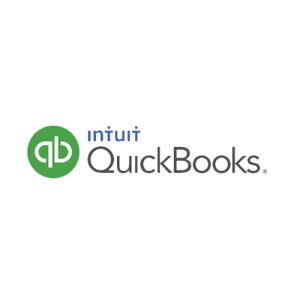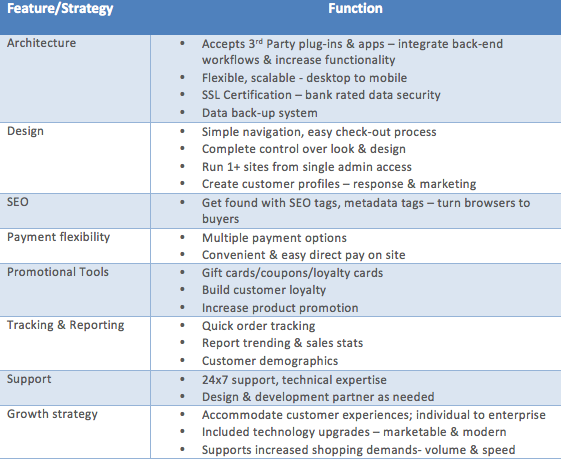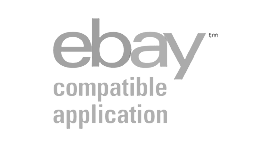(This post was originally published on Feb 2, 2014. We’ve updated it for accuracy and completeness.)
Whether you’re opening an online store for the first time, or already running multiple online sales channels, one of the biggest challenges you face is managing the large amounts of data that these operations generate. Your hectic days are filled with you racing around pulling orders, updating item information, updating inventory, creating invoices, and entering payments in Quickbooks.
The amount of time you spend tracking down information, fixing errors, and manually entering data is costly and counterproductive. That’s why you need to integrate Quickbooks and your eCommerce storefront.
In this post, we’ll discuss what to look for in eCommerce platforms that work well with Quickbooks and the best solutions for Quickbooks eCommerce integration.
How Quickbooks eCommerce Integration Improves the Customer Experience
While the internet levels the playing field for everyone to participate in the retail game, winning your market is still determined by how well you play. No matter how small or large your retail operation is, you won’t be able to compete in the fast pace race of online shopping if you don’t integrate.
When you manage two different systems (Quickbooks and your eCommerce platform) in isolation from each other, you’re left with a lot of data to keep track of. Think of orders, items, inventory, customer, shipping and tracking data. It becomes easy to make mistakes when you’re the one entering the data between the two. And, the consequences of those mistakes are real.
Shipping address mistakes due to manually entered orders in Quickbooks means you don’t get a package to a customer. If your inventory doesn’t update automatically when items sell, means you run the risk of overselling. Poor product information means customers can’t find your items among an overcrowded market of similar items.
These are just a few situations that lead to a poor customer experience, or ultimately, a loss of sales.
It’s no secret that retail has entered the age of the customer and it’s going to stay that way. Retailers no longer compete on price and quality of products alone. Instead, customers are choosing to shop with merchants who provide the best customer experience.
- 70% of consumers say technology has made it easier than ever to take their business elsewhere.
- 50% consumers are likely to switch brands if a company doesn’t anticipate their needs
By not integrating Quickbooks with your eCommerce store, you’re giving customers a good reason to leave. They’ll go elsewhere to have their expectations met.
Benefits of Integrating Quickbooks with Your eCommerce Store
While the end goal of integration is a better customer experience, your customers aren’t the only ones who benefit from automation. You’ll also increase your operational efficiency and bottom line.
When you manage two different systems in silos, it takes a lot of time to enter the same data between the two. This is wasted time that could have been spent on improving the customer experience.
Integration eliminates manual data entry. It allows you to have timely data to make decisions to better serve customers. Integration also ensures that your inventory, order, customer, product and customer data is consistent and accurate between Quickbooks and your eCommerce store.
According to Retail Systems Research, 70% of today’s fastest-growing retailers say their eCommerce platforms will become their base technology for digital sales across desktop, mobile and stores. This mean it’s vital that you consolidate your data into one source so you can centralize where you manage it.
Choosing an eCommerce Platform for Quickbooks Integration
The first step in integrating your eCommerce platform with Quickbooks is selecting the right platform. You want to look for specific features when considering what integrates well with Quickbooks. Consider these:
Whether you still need to pick a platform or re-evaluate your current system, there are many great packages out there like Magento, Shopify, and Bigcommerce. Look at each webstore’s robust features, functionality, and ability to manage an online shopping experience. If you think it’s time to replatform, don’t be afraid to migrate.
Choosing a Quickbooks eCommerce Integration Solution
Once both of your systems are in place, you can start looking for a technology solution that integrates the two.
But beware when you first start looking, much of what is sold today is considered “middleware” or file transfer software. Many of these partial integration solutions are simply single task integrators that are stop-gap fixes with a short life-span.
It’s a waste of time, and resource draining to experiment with various partial integration solutions like these. These types of solutions are cheap for a reason.
As integration technology evolves, complete solutions are now available to connect your eCommerce store with QuickBooks in a real-time environment. These types of robust management platforms give you access to your data and control of your business processes.
Integration through a robust multichannel management platform allows you to create efficiencies and streamlined processes that improve every aspect of your business:
- Item Merchandising– accept→ move→ turnover – at a rapid pace
- Order management– accept→ process→ fill →ship – all without manual labor
- Inventory management– order→ accept→ organize→ turnover with speed
- Supply chain– automate→ streamline
- Customer service – keep→ repeat→ attract
- Reporting – detail→ track→ trend→ forecast
- Business Growth– local→ regional→ national→ global
By integrating your eCommerce store with QuickBooks, you wield the power to always have your accounting up-to-date and maintain full grasp of your business financials and inventory.
A robust Quickbooks-eCommerce integration solution should give you these types of capabilities:
- Publish item data automatically to your web stores with little data entry.
- Improve customer service and response times by centralizing customer data inside QuickBooks.
- Centralize order management by capturing all your sales and push into QuickBooks for the creation of sales receipts, sales orders or invoices.
- Automate purchase order generation based on stock quantity to drop-ship suppliers or third-party logistic companies.
- Setup automatic order status reports from suppliers, as well as easily monitor incoming orders and conduct 3-way matches of invoice, purchase order and inventory receipts.
- Automatic item synchronization and no longer have to manually update inventory quantities as sales are made and web store orders are placed.
These types of capabilities increase your efficiency and productivity. They are the key to improving your processes and competing in your market.
We know that all retailers want to lead their market. However, in the world of eCommerce, simply saving money buying cheap solutions can sabotage your chance. Be selective, and choose the right solution. In the long run, you will save money, provide a better customer experience, and will be successful!
Contact nChannel
We know a thing or two about Quickbooks Online integration over here at nChannel because we’ve done it before! If you want to learn more about Quickbooks Online integration, check out nChannel’s cloud-based platform that integrates Quickbooks Online to other systems like Shopify. Click the link below to get more information about automating your processes.









It seems that Quickbook provides numerous advantages. But, does the recent updated version of Magento 2 supports Quickbook integration for Ecommerce websites?